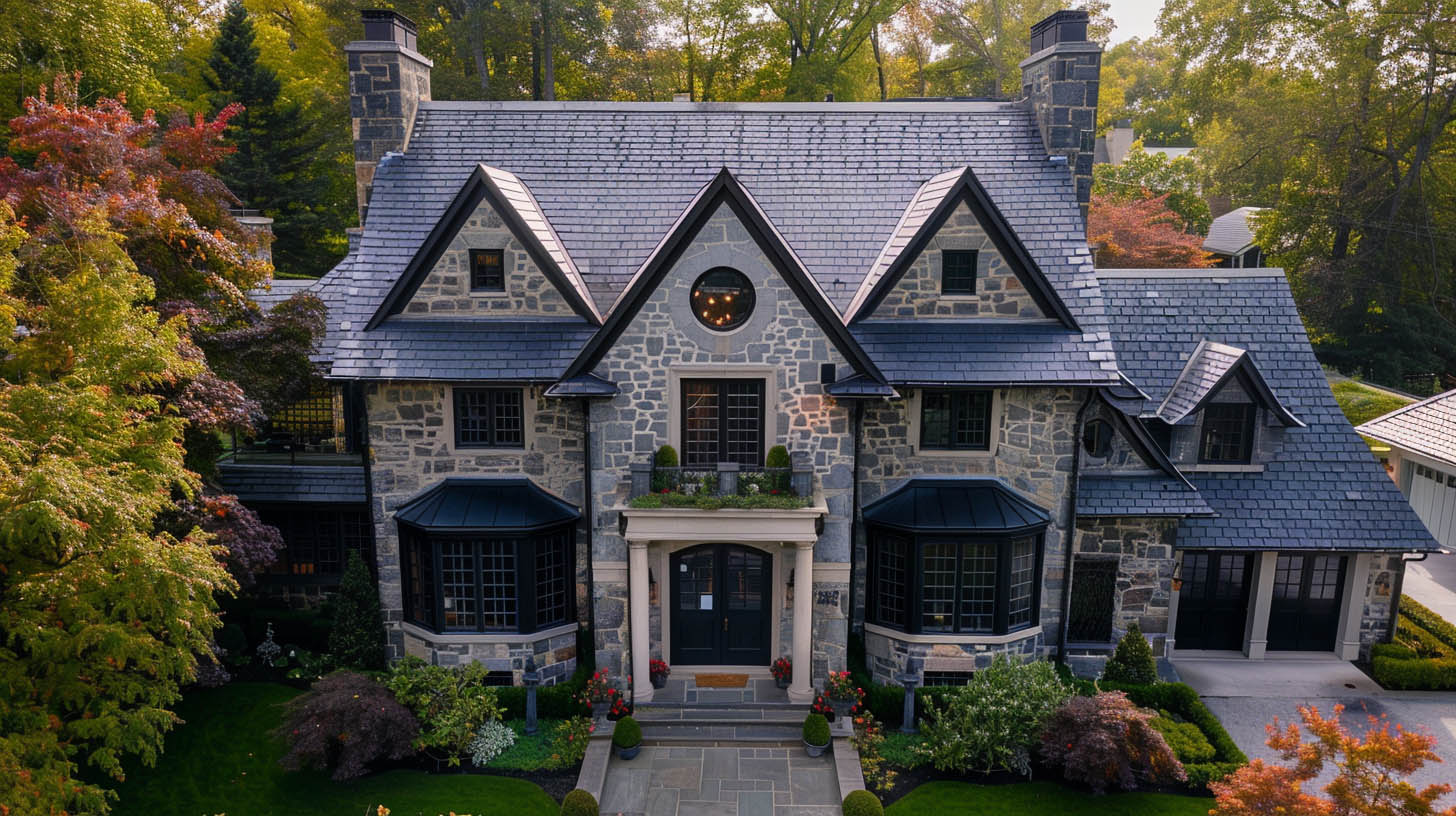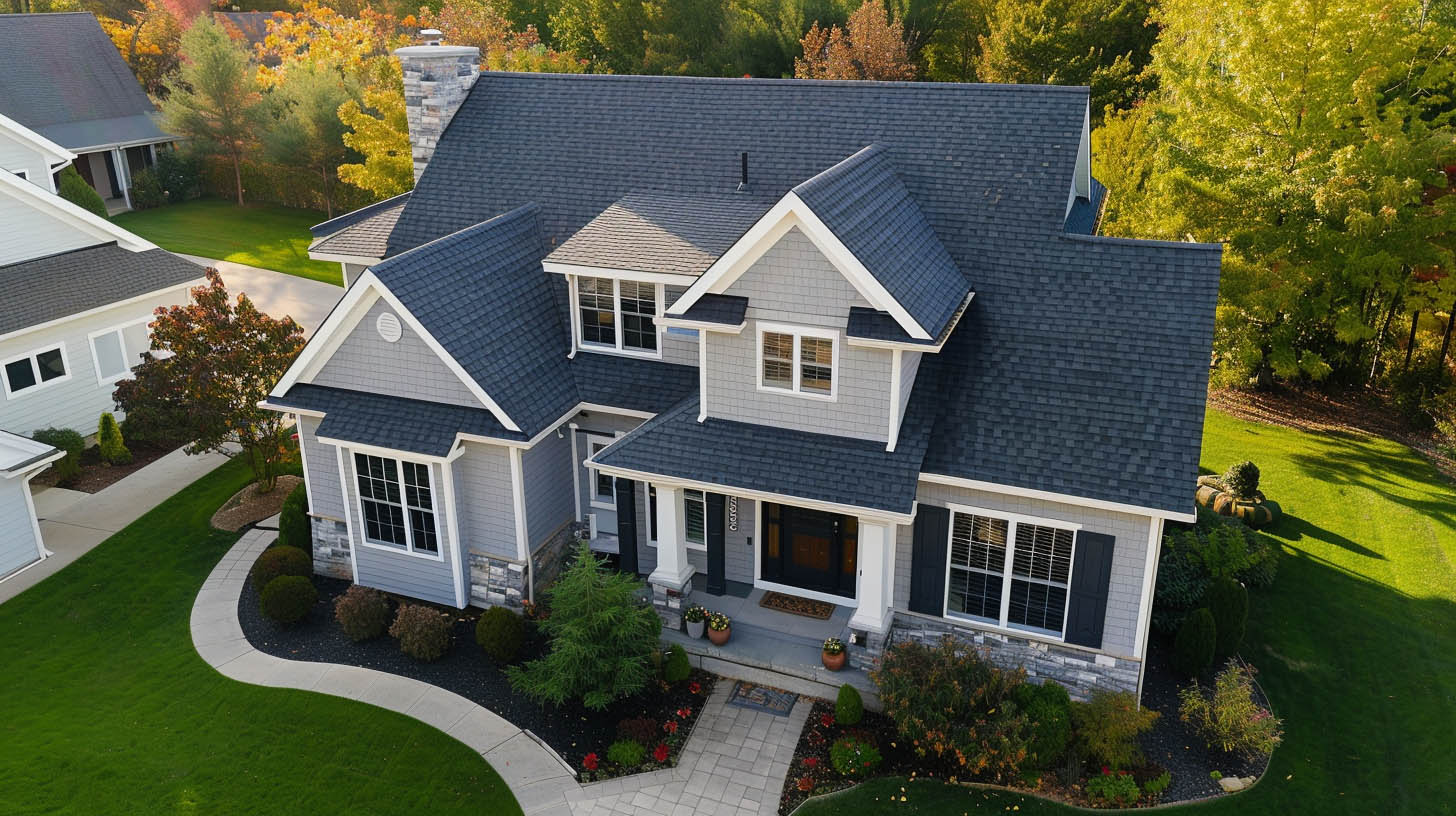
Signs of Roof Sagging
The initial step in combating roof sagging is to recognize its indicators. These signs include:- Visible Dips or Sagging Areas: The most obvious sign is a visible dip or sag in the roofline.
- Cracks in the Interior Walls or Ceilings: Structural shifts caused by roof sagging can lead to cracks in walls and ceilings.
- Doors and Windows that Stick: Misaligned frames resulting from shifting structures may cause doors and windows to stick.
- Leaking Roof: Compromised roof integrity can allow water to penetrate, leading to leaks.
Root Causes of Roof Sagging
Understanding the underlying causes of roof sagging is crucial for addressing the issue effectively:- Age of the Roof: Over time, materials can deteriorate, leading to weakened structural support.
- Improper Installation: Faulty installation of roofing materials can result in inadequate support.
- Excessive Weight: Accumulation of snow, ice, or multiple layers of roofing materials can exceed the load-bearing capacity of the roof.
- Water Damage: Persistent moisture can weaken roof decking and structural supports.
- Inadequate Ventilation: Poor attic ventilation can cause moisture buildup, leading to rot and decay in roof supports.
Professional Assessment and Repair
Upon noticing signs of roof sagging, it is imperative to seek the expertise of professional roofing contractors. A thorough assessment by qualified professionals can pinpoint the exact cause and extent of the issue. MY Pittsburgh Roofing, located in Pittsburgh, PA, specializes in diagnosing and repairing roof sagging, ensuring that your home remains safe and structurally sound. Our team employs state-of-the-art techniques and materials to address sagging roofs effectively.Preventive Measures
Preventing roof sagging begins with regular maintenance and timely repairs:- Routine Inspections: Conduct bi-annual inspections to identify and address potential issues early.
- Proper Installation and Maintenance: Ensure that roofing materials are installed correctly and maintained regularly.
- Snow and Ice Removal: Keep the roof clear of excessive snow and ice to prevent overloading.
- Ensure Proper Ventilation: Adequate attic ventilation is crucial to prevent moisture buildup that can weaken structural components.


